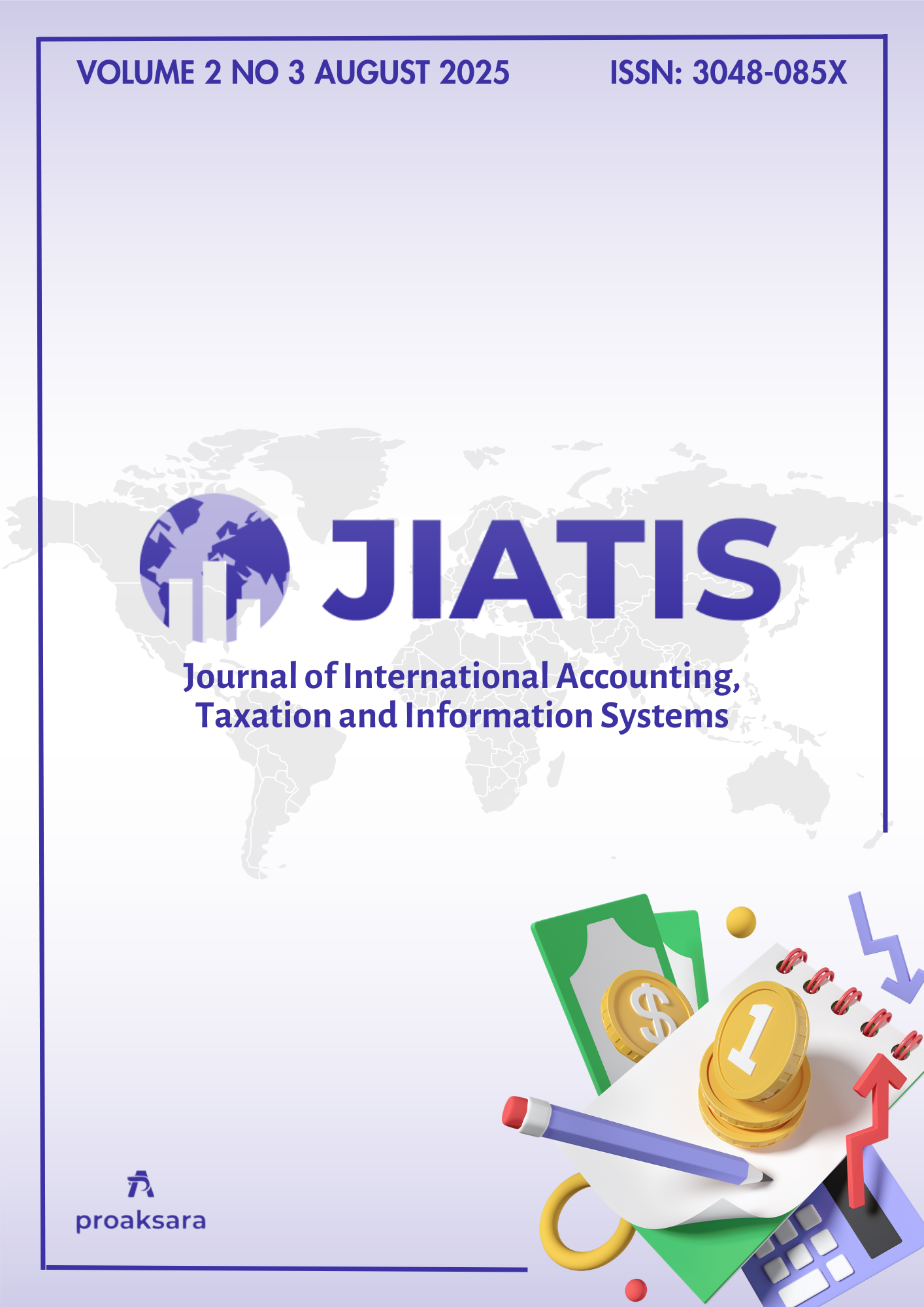The Influence of Motivation and Organizational Culture on the Performance of Employees at the Department of Fisheries and Food in Pasaman Regency
Main Article Content
Ria Widhia Sari*
Endarwita
Yurasti
Considering the critical importance of human resources in the attainment of organizational objectives, it is imperative to scrutinize the factors that impact employee effectiveness. Following preliminary assessments and discussions, issues pertaining to motivation and the prevailing organizational climate have surfaced as prominent matters within the Department of Fisheries and Food. These elements are believed to have a significant influence on the levels of employee productivity. Consequently, this research investigates on how motivation and organizational culture affect employee performance at Pasaman Regency's Department of Fisheries and Food. Using total sampling, all 33 departmental employees comprised both the population and sample. Data collection employed a quantitative associative method, with multiple linear regression for analysis. Findings revealed motivation significantly impacts employee performance individually (p = 0.000 < 0.05). Organizational culture also demonstrates significant individual effects on performance (p = 0.000 < 0.05). Combined, both factors significantly influence employee performance (p = 0.000 < 0.05). The R² value of 0.781 shows that motivation and organizational culture account for 78.1% of performance variation among employees at the Department of Fisheries and Food in Pasaman Regency.
Fidyah, D. N., & Setiawati, T. (2020). Influence of organizational culture and employee engagement on employee performance: job satisfaction as intervening variable. Review of Integrative Business and Economics Research, 9(4), 64–81.
Gary, D. (2017). Human Resource Management (Fifteenth). Pearson.
Ghozali, I. (2014). Structural Equation Modeling: Metode Alternatif Dengan Partial Least Square. Badan Penerbit Universitas Diponegoro.
Hidayati, S. N., & Ermiyanto, A. (2017). Analysis of Intrinsic Motivation Factors and Extrinsic Motivation Their Effects on Employee Performance with Job Satisfaction as Mediation. Journal of Maksipreneur: Management, Cooperatives, and Entrepreneurship, 7(1), 18–30.
Korda, B. B., & Rachmawati, R. (2022). The Influence of Organizational Culture on Employee Performance Mediated by Job Satisfaction and Employee Commitment. Jurnal Organisasi Dan Manajemen, 18(2), 57–73.
Mangkunegara, A. P. (2014). Manajemen Sumber Daya Manusia Perusahaan. Manajemen Sumber Daya Manusia Perusahaan.
Nurhayati, N., Sriyanti, E., & Putri, S. M. (2024). Analysis of the Impact of Work Motivation and Employee Commitment on Employee Performance at the Staffing Agency and Human Resource Development of the City of Solok. JOURNAL OF MANAGEMENT, ACCOUNTING, GENERAL FINANCE AND INTERNATIONAL ECONOMIC ISSUES, 4(1), 40–46. https://doi.org/10.55047/marginal.v4i1.1476
P, S., Robbins., Judge, T., & Judge, Tim. (2019). Organizational Behavior. Pearson.
Rivai, V., & Sagala, E. J. (2004). Human resource management for companies. Jakarta: Raja Grafindo Persada.
Robbins, S. P. (2006). Perilaku Organisasi (10th ed.). PT. Indeks, Kelompok Gramedia.
Santoso, S. (2001). Mengolah Data Statistik Secara Profesional. PT. Alex Media Komputindo.
Santoso, S. (2010). Statistik multivariat. Elex Media Komputindo.
Sugiyono. (2019). Metode Penelitian Kuantitatif Kualitatif dan R&D. Alfabeta.
Wibowo. (2012). Manajemen Kinerja. Raja Grafindo Persada.
Zainal, V. R., & Mulyadi, D. (2013). Kepemimpinan dan perilaku organisasi. Rajawali Pers
















